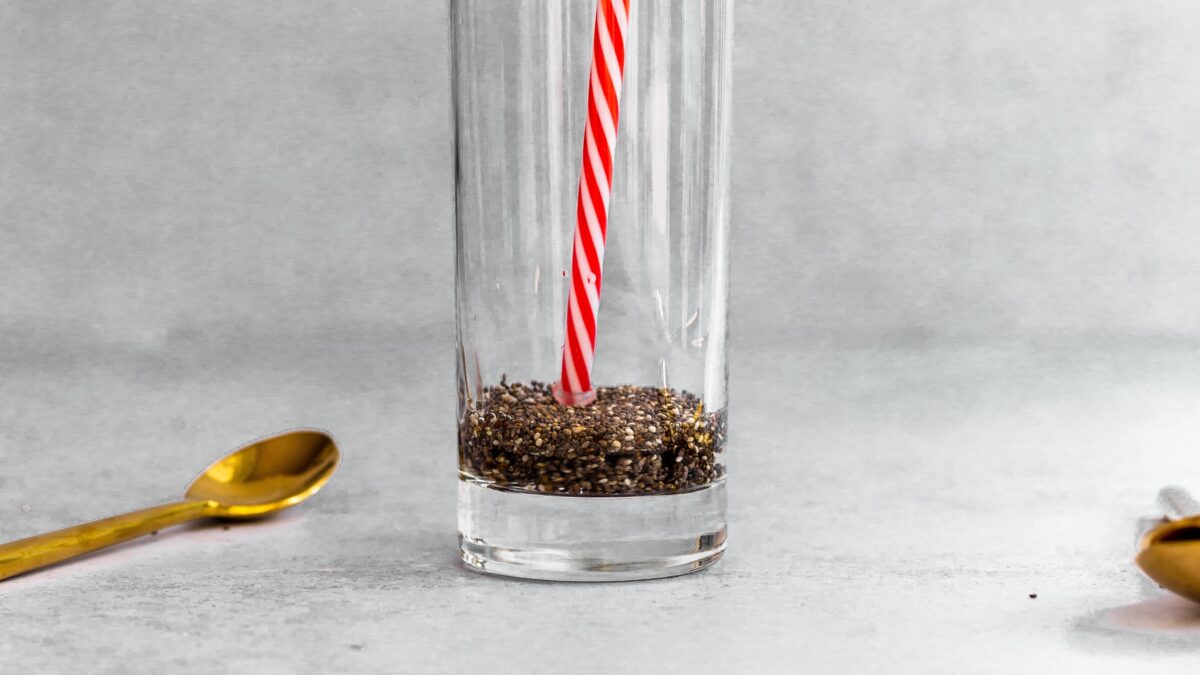Niacin, also known as vitamin B3, is a water-soluble vitamin that plays a crucial role in various bodily functions. It’s an essential nutrient, meaning the body cannot produce it on its own, so it must be obtained through diet or supplements. Niacin is found in a variety of foods, including meat, fish, nuts, seeds, and fortified cereals. In this article, we’ll explore the health benefits of niacin, as well as potential risks to be aware of.
Health Benefits of Niacin:
- Heart Health: Niacin has been shown to improve cardiovascular health in several ways. It can help lower levels of LDL (bad) cholesterol and triglycerides while increasing HDL (good) cholesterol levels. By doing so, niacin may reduce the risk of heart disease and stroke.
- Lowering Blood Lipids: High levels of LDL cholesterol and triglycerides in the blood are significant risk factors for heart disease. Niacin has been found to effectively lower these lipid levels, particularly in individuals with dyslipidemia (abnormal lipid levels).
- Managing Diabetes: Niacin may benefit individuals with diabetes by improving insulin sensitivity and glucose tolerance. It can help regulate blood sugar levels, reducing the risk of complications associated with diabetes, such as nerve damage and cardiovascular disease.
- Skin Health: Niacin plays a crucial role in maintaining healthy skin. It helps support the function of the skin barrier, promotes the production of ceramides (lipids that help retain moisture), and has anti-inflammatory properties that may benefit conditions like acne and rosacea.
- Brain Function: Adequate levels of niacin are essential for optimal brain function. Niacin contributes to the production of neurotransmitters, such as serotonin, which regulates mood, sleep, and appetite. Some research suggests that niacin supplementation may have cognitive benefits and help reduce the risk of age-related cognitive decline.
Potential Risks and Considerations:
- Flushing: One of the most common side effects of niacin supplementation is flushing, characterized by warmth, redness, and itching of the skin. This occurs because niacin causes blood vessels to dilate, resulting in increased blood flow near the skin’s surface. While harmless, flushing can be uncomfortable for some individuals.
- Liver Toxicity: High doses of niacin can cause liver toxicity, particularly in the form of elevated liver enzymes. This risk is higher with prolonged use of high-dose niacin supplements, especially without medical supervision. Individuals with liver disease or a history of liver problems should use niacin supplements with caution.
- Gastrointestinal Issues: Some people may experience gastrointestinal side effects, such as nausea, vomiting, diarrhea, or indigestion, when taking niacin supplements. These symptoms are usually mild and transient but may be bothersome for some individuals.
- Interactions with Medications: Niacin can interact with certain medications, including cholesterol-lowering drugs (e.g., statins), blood thinners, and diabetes medications. It’s essential to consult a healthcare professional before starting niacin supplementation, especially if you’re taking prescription medications.
- Allergic Reactions: While rare, some individuals may experience allergic reactions to niacin supplements, characterized by symptoms such as rash, itching, swelling, dizziness, or difficulty breathing. If you experience any allergic symptoms after taking niacin, seek medical attention immediately.
Conclusion:
Niacin is an essential nutrient with numerous health benefits, particularly for heart health, lipid metabolism, skin health, and brain function. However, like any supplement, it’s essential to use niacin responsibly and be aware of potential risks and side effects, especially at high doses. If you’re considering niacin supplementation for a specific health condition, it’s crucial to consult with a healthcare professional to determine the appropriate dosage and ensure it’s safe for you, especially if you have underlying health conditions or are taking medications. With proper guidance, niacin can be a valuable addition to a healthy lifestyle, supporting overall health and well-being.











